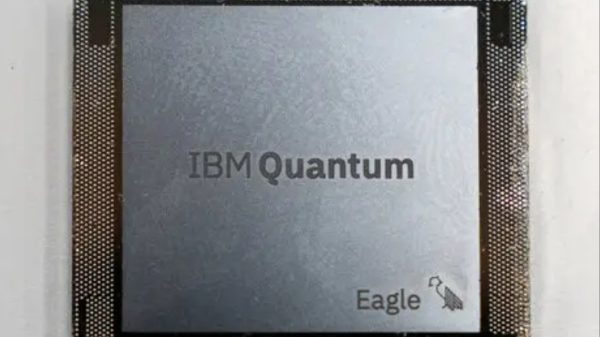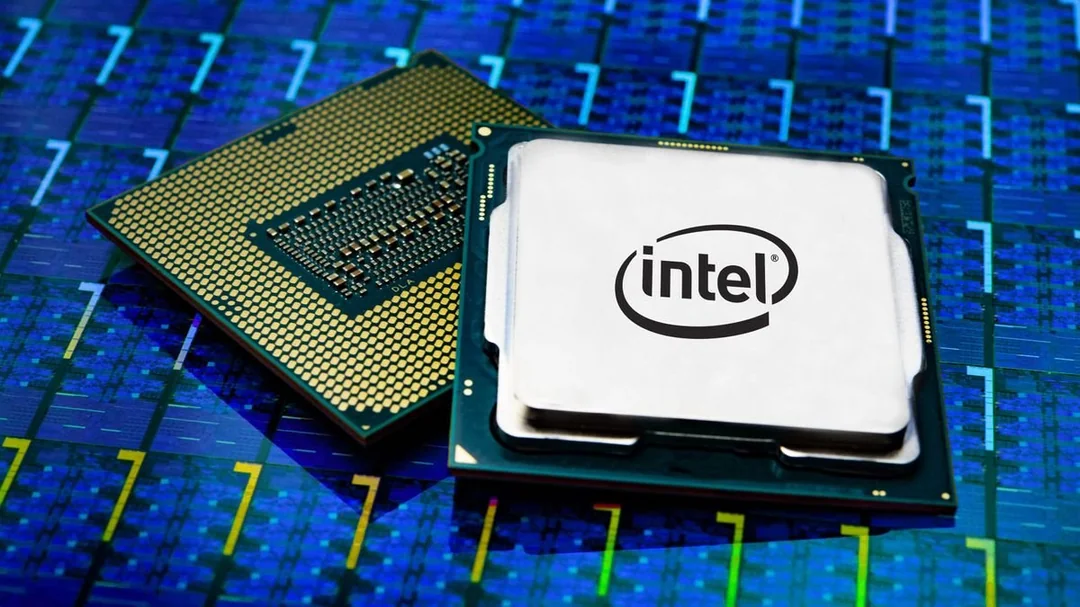AMD and Intel, longtime competitors in the PC processor market, are now facing a rising challenge from Arm. In response, the two companies, along with several industry leaders like Linus Torvalds and Tim Sweeney, announced the formation of the X86 Ecosystem Advisory Group.
This group aims to unify certain aspects of the X86 architecture to simplify computing for customers while allowing AMD and Intel to continue competing. This effort marks a shift in strategy as both companies look to maintain the relevance and competitiveness of X86 architecture.
Historically, AMD and Intel have approached processor design differently, such as AMD’s use of tiled chiplets and Intel’s preference for monolithic designs. Both companies share the X86 instruction set, which ensures broad software compatibility, though specific instructions sometimes vary, leading to complexities for developers.
The newly formed group seeks to address these challenges by developing a more unified set of instructions and architectural interfaces to ensure better compatibility across their products.
In a discussion between AMD CEO Lisa Su, Intel CEO Pat Gelsinger, and analyst Pat Moorhead, the CEOs highlighted past collaborations, such as on USB technology and integrated graphics chips, as examples of how the two companies have worked together despite their competition.

AMD and Intel Unite to Protect X86 Architecture as Arm’s Market Challenge Grows
However, the group has not yet addressed a unified approach to AI, where both companies continue to use distinct architectures and instructions, indicating that AI remains a competitive frontier.
Intel’s Gelsinger noted that the X86 ecosystem is undergoing a major shift, requiring greater customization and scalability to meet future needs. The formation of this advisory group is a proactive step to ensure that X86 architecture can adapt to these changing requirements.
The collaboration, which includes key industry players, aims to enhance the consistency and predictability of X86 products, ensuring they remain competitive in the years to come.
The timing of this initiative is significant as Arm’s presence in the PC market is growing, especially with Qualcomm’s Snapdragon X Elite processor gaining traction due to its energy efficiency and performance. While Arm still holds a small share of the market, its potential has caught the attention of PC manufacturers.
The involvement of enterprise giants like Google, HP, Dell, Lenovo, and Microsoft in the X86 Ecosystem Advisory Group highlights the importance of solidifying X86’s position and addressing the competitive pressure Arm is starting to exert.









































